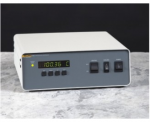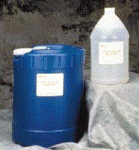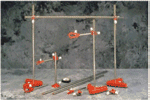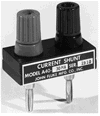
Keranjang
FLUKE 9117 Annealing Furnace
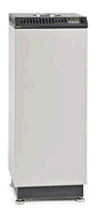
| Kategori | FLUKE |
| Di lihat | 1218 kali |
| Harga | Rp (hubungi cs) |
Detail Produk FLUKE 9117 Annealing Furnace
 All HTPRTs and SPRTs are subject to mechanical shock no matter how carefully you handle them. This shock changes the resistance characteristics of the platinum and shows up as temperature measurement errors. Annealing relieves the stress on the platinum sensor caused by mechanical shock and is recommended by NIST prior to any calibration of an SPRT.
All HTPRTs and SPRTs are subject to mechanical shock no matter how carefully you handle them. This shock changes the resistance characteristics of the platinum and shows up as temperature measurement errors. Annealing relieves the stress on the platinum sensor caused by mechanical shock and is recommended by NIST prior to any calibration of an SPRT.
In addition to removing mechanical strain, annealing also removes the oxidation from sensors that have been used for long periods at temperatures between 200 ° C and 450 ° C. Oxidation impacts the purity of the element and therefore the accuracy of temperature readings. Oxide is easily removed by annealing at 660° C for one or two hours.
During the annealing process, contamination must be controlled. At temperatures above 500° C, the lattice structure of a quartz sheath is transparent to metal ions. The thermometer must be cleaned and all contaminating materials removed from its sheath. Annealing should only be done in a furnace that’ s designed to avoid emitting metal ions during its heating cycle. Hart solves this problem in its 9117 furnace by using a quartz-encased graphite block that is specially prepared to guard against contamination before assembly.
The furnace also has a programmable controller specifically designed for the annealing process. As a manufacturer of SPRTs, Hart metrologists understand every aspect of SPRT use and calibration procedures, including the annealing process.

